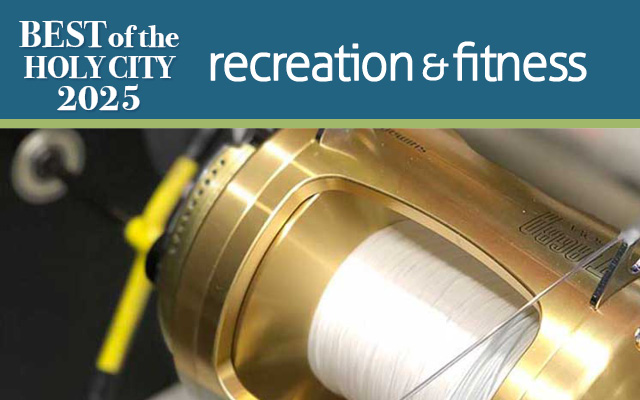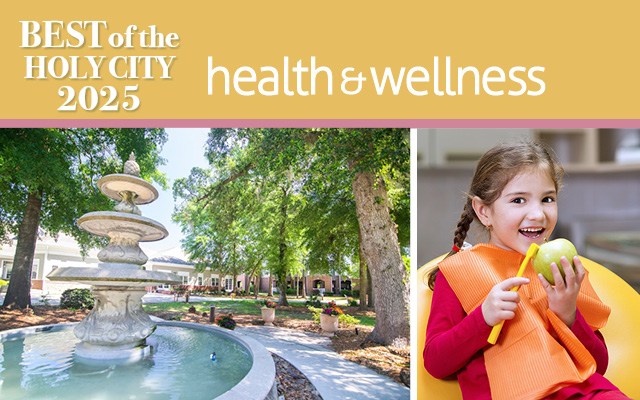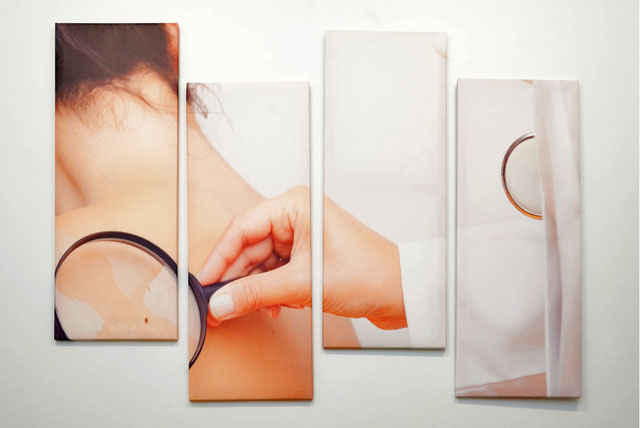Restoring Femininity
16 Mar 2015
New minimally invasive procedures in cosmetic surgery and changing ideas about what makes skin beautiful with dermatology practices

By DAN CONOVER
Should you ever doubt that beauty is an eternally moving target, try talking to a plastic surgeon with a few years in the business.
Some of that is driven by cultural changes. Some is the result of new discoveries in health, diet, fitness and medicine. And as the science and technology behind modern cosmetic treatments and procedures improves along an ever-accelerating path, so too do the options available to consumers who aspire to meet that evolving, shifting standard.
Yet despite the amazing array of new technologies available to plastic surgeons and dermatologists, there seems to be some agreement around a central theme: High-tech tools are great, but the force driving many of the most important recent advances in the field is simply a deeper understanding of the human body and its structures.
Take Dennis Schimpf, MD. He’s a young private-practice plastic surgeon who specializes in breast reconstruction – and part of a generation of Charleston surgeons who found themselves in the right place at the right time. Schimpf went through residency at MUSC in the 2000s – at the moment when the city was becoming synonymous with a new technique called a DIEP, or more informally, a Perforator Flap Reconstruction.
The perforator flap procedure is an elegant evolution of a class of breast reconstructions that avoids the use of implants by taking tissue from one part of a woman’s body – typically her abdomen – and then using those tissues to construct a natural-looking breast. Avoiding implants offers advantages to certain patients, but even when a woman qualifies, there’s a drawback: That tissue includes muscle, and removing it weakens the abdominal wall.
In DIEP reconstructions, the surgeon takes only skin, fat, and blood vessels – leaving the muscle in place.
There’s great demand for perforator flap surgery – strong enough that Charleston has been able to market itself as a medical destination, riding a national trend away from implants and toward the patient’s own tissue. But Schimpf rejects the notion that there’s a “best” option for every woman who has been through a mastectomy (“there’s only the option that’s right for each patient”), but for women whose treatment included radiation therapy, it’s often a better and less painful choice than implant reconstruction.
So why did Charleston become the focal point for this particular type of procedure?
“Hurricane Katrina,” Schimpf says.
The story unfolds this way: Robert J. Allen, MD, is an MUSC-educated plastic surgeon and pioneer in the field of breast reconstruction. After a series of residencies, he wound up in practice in Louisiana – until Hurricane Katrina in 2005 drove him back to Charleston. That’s why his breakthroughs on a series of reconstructive “flap surgeries” occurred in the Lowcountry, not Cajun country. It’s also why former MUSC residents like Schimpf emerged into private practice with a competitive advantage over their peers.
“It’s like anything, when there’s a new procedure and you’re already out in practice, it can be hard to adjust or go back and learn. But in my generation, we’ve grown up with this being the focus. It’s ironic that a small city like Charleston is really the focus for this procedure, and a lot of it goes back to Dr. Allen.”
Of course, the bulk of Schimpf’s private practice is devoted to breast augmentations and various lifts. The numbers tell the story: Nationally, about 110,000 American women undergo mastectomies each year. Roughly three times that number elect various forms of breast enhancement surgeries.
Patrick J. O’Neill, MD – a breast-specialist who shares space with Schimpf on Daniel Island – has seen other trends affect the plastic surgery sector. He began his practice here in Charleston as an attending physician in 2000, entered private practice in 2009, and won last year as the Charleston Living Magazine’s “Best Plastic Surgeon.” His practice provides a full menu of cosmetic choices to patients.
“I think that today we as plastic surgeons try to understand and achieve something that we call ‘the Beautiful Normal,’” he said. “And I think that's what most people really want. The vast majority of my breast augmentation patients want to restore their femininity. They want to look fit and feminine. They don't want to stand out. They want to look normal among their peers. The same is true for faces.”
In the past, he said, cosmetic surgeries were often associated with failed attempts to push the envelope of personal appearance: Skin stretched too tight, physical structures undermined in pursuit of unnatural lines, breasts extended to epic proportions, with often unfortunate results.
“When it comes to plastic surgery, our tools and our thinking have evolved,” he said. “And that's true of body contouring patients, too.”
Take “Cool Sculpting,” for example. Doctors noticed that children who regularly consumed popsicles sometimes wound up with dimples in their cheeks. They eventually determined that cooling skin and fatty layers down to near-freezing will cause some portion of the chilled fat cells (typically in the 20 percent range) to die off. Not instantly, but gradually, over a month or two.
Not surprisingly, for many patients this non-invasive, non-traumatic treatment – which involves cooling plates applied to the skin – is rapidly replacing liposuction as a means of dealing with hard-to-reduce fat deposits. And because it can be done gently over time, patients can return every few months for new treatments until they achieve their desired results.
O’Neill says the patients in his practice report a 93 percent satisfaction rate with the procedure.
That’s not to say that every minimally invasive and popularly marketed procedure is going to produce desired results, he said. “Lunchtime Lifts” – a class of surgical face-lifts that involve smaller incisions and shorter recovery times draw a lot of attention, but are often appropriate only for younger cosmetic surgery patients. “There’s just more skin that has to be removed once you get past a certain age.”
Skin is the specialty of Michele Mittelbronn, MD. She’s a dermatologist with offices in Mount Pleasant and Pawley’s Island, and has been in practice for the past 12 years.
She’s noticed quite a few changes over time, some related to technologies and materials, but much of it related to changing ideas about what makes skin beautiful… and what makes beautiful skin.
“We’re changing the way we think about fat,” she said. “You look at facelifts people used to do, and yes, they were tight. But they looked gaunt.”
“A youthful face has a fuller look to it, because over time our faces tend to lose facial fat. Now, if you look at someone and their skin is sagging, maybe they have a jowly appearance, you might think, ‘that’s fat.’ Well, that’s not fat. That’s gravity.”
“We have fat pads under our skin, and those are dissipated or lost as we age. Our face starts losing its curvature. So instead of removing skin and fat, they’re trying to reposition fat now. The problem is when there’s not enough fat to go around, because it’s been lost. And that’s where the fillers come in.”
Mittelbronn cites big changes in the filler market over the past decade, but describes the past five years as an “explosion.” Today she offers 12 different types, enabling her to more accurately match the needs of her patients.
But the biggest change she’s seen over time is the cultural shift in the way people view tanning. It’s a universal trend – “Just look at the movie stars today – they’re all pale,” Mittelbronn says – that’s particularly significant here.
The generation that came of age in the Sixties, Seventies and Eighties remembers a time when tan skin was a fashion-must. George Hamilton was more famous for his tanning regimen as for his acting, and many young women sun-bathed obsessively. That unprotected exposure to the sun not only puts people at risk of cancer, it also prematurely ages skin at an alarming rate.
And while UV rays are bad no matter where you’re exposed to them, Lowcountry life on the water “is double indemnity,” Mittelbronn said.
“It’s a coastal thing. You get the (light) not only coming down from the sun, but also coming up from the bottom, off the water, as reflection.”
“Think about how much life here is about the water,” she said. “The people here, they're surfers, they're boaters, and they're realizing their lifestyle isn't working for them as they're aging. They’re coming to me and saying ‘I made mistakes when I was younger, and now I want to fix things.’ And we can help with that.”
“I think pale is the new tan. To have your skin not sun damaged, that is a sign of intelligence. If you go back to the 17th and 18th century, the people with tans were the workers, and the royals were very careful to protect themselves from the sun. So it's done these flips throughout time. But now it's totally changed.”
Resources:
Dr. Dennis Schimpf, Sweetgrass Plastic Surgery, 843-471-1135, sweetgrassplasticsurgery.com
Dr. Patrick O'Neill, O'Neill Plastic Surgery, 843-881-2130, oneillplasticsurgery.com
Dr. Michele Mittelbronn, Coastal Dermatology, 843-881-2265, coastalderm.net












